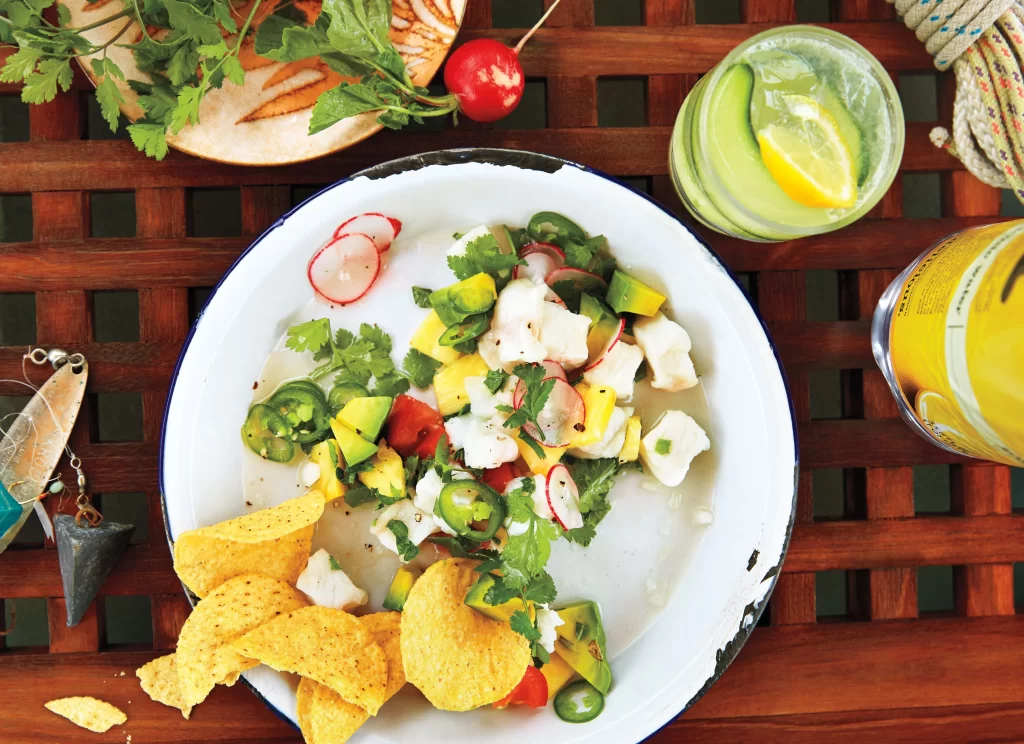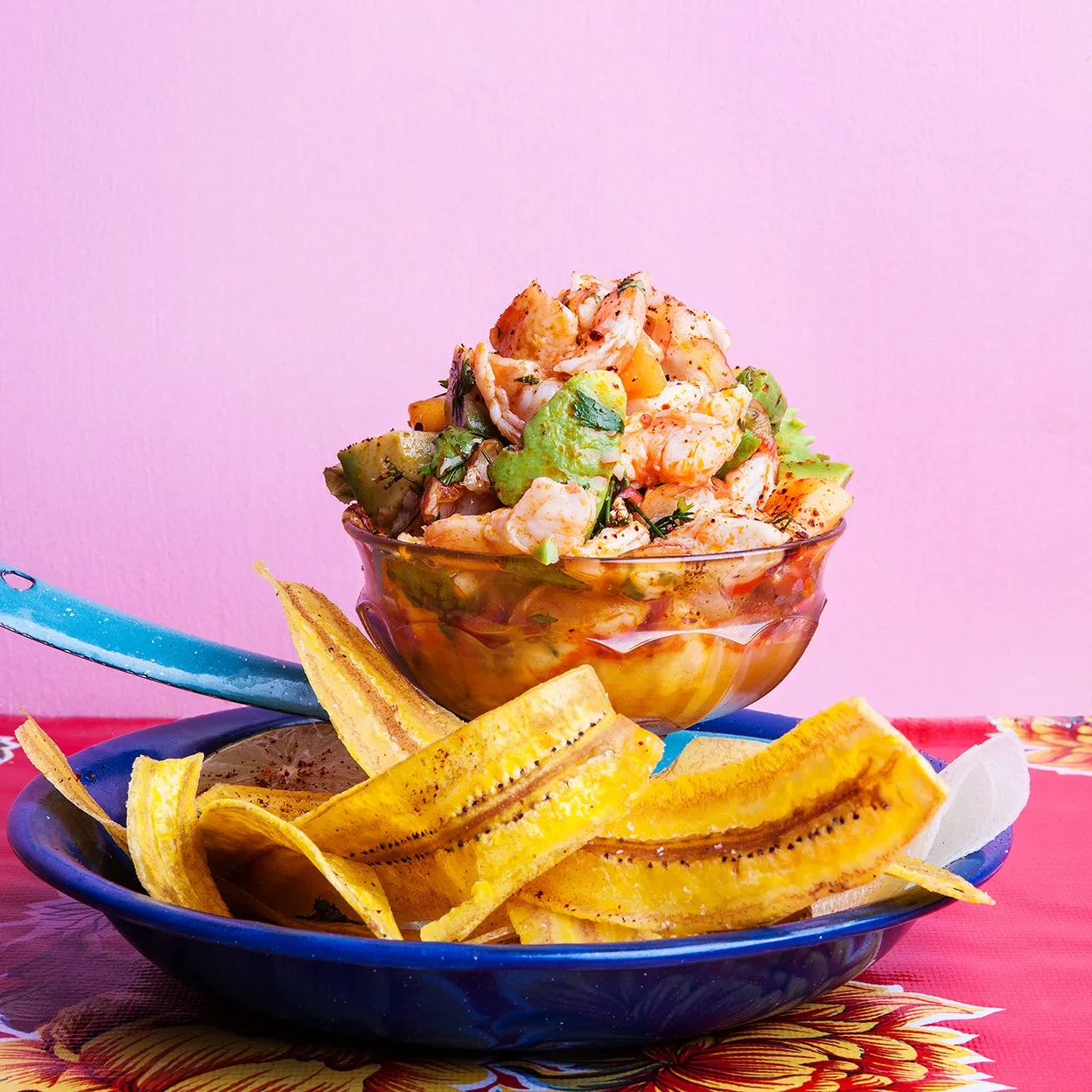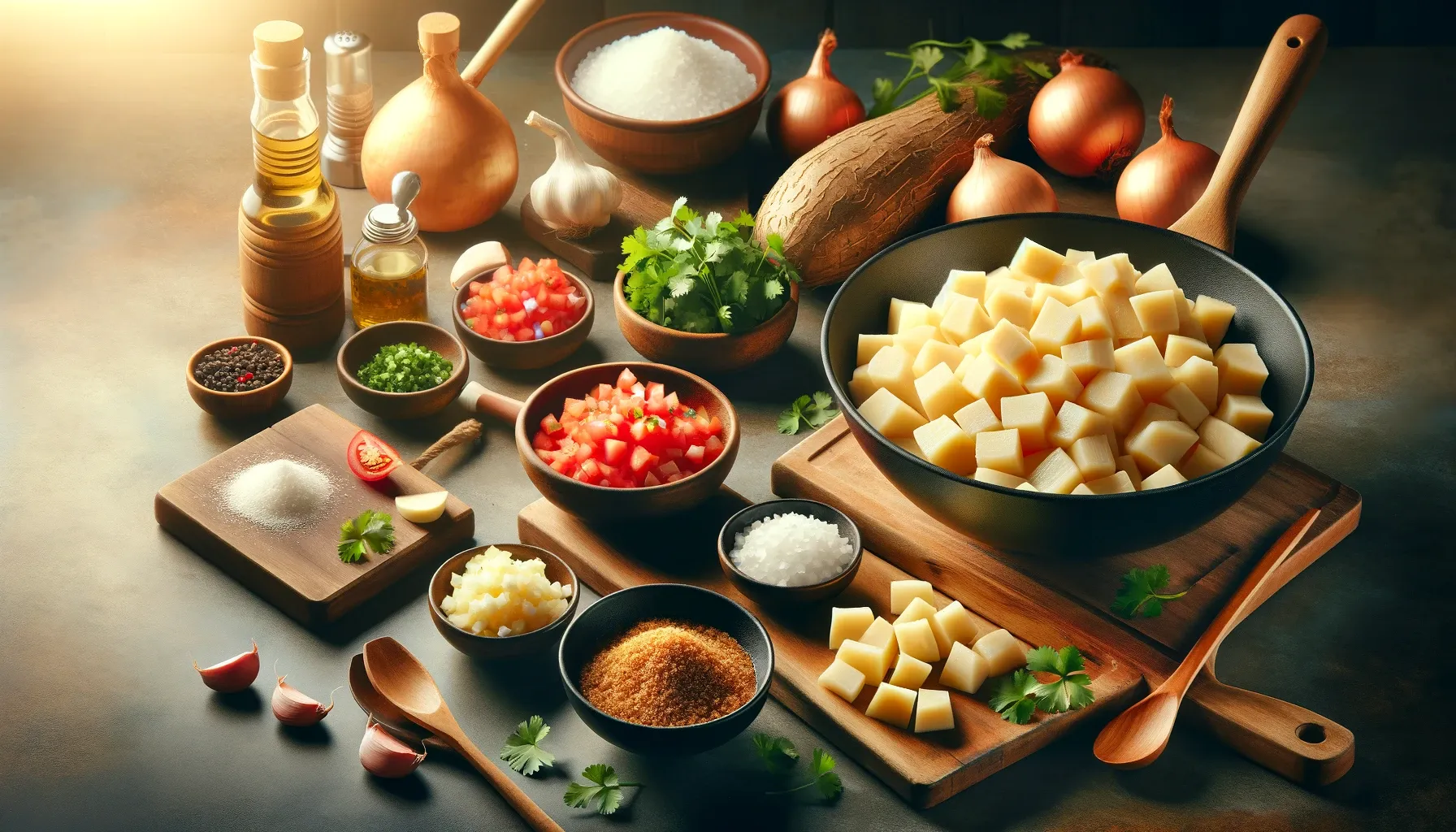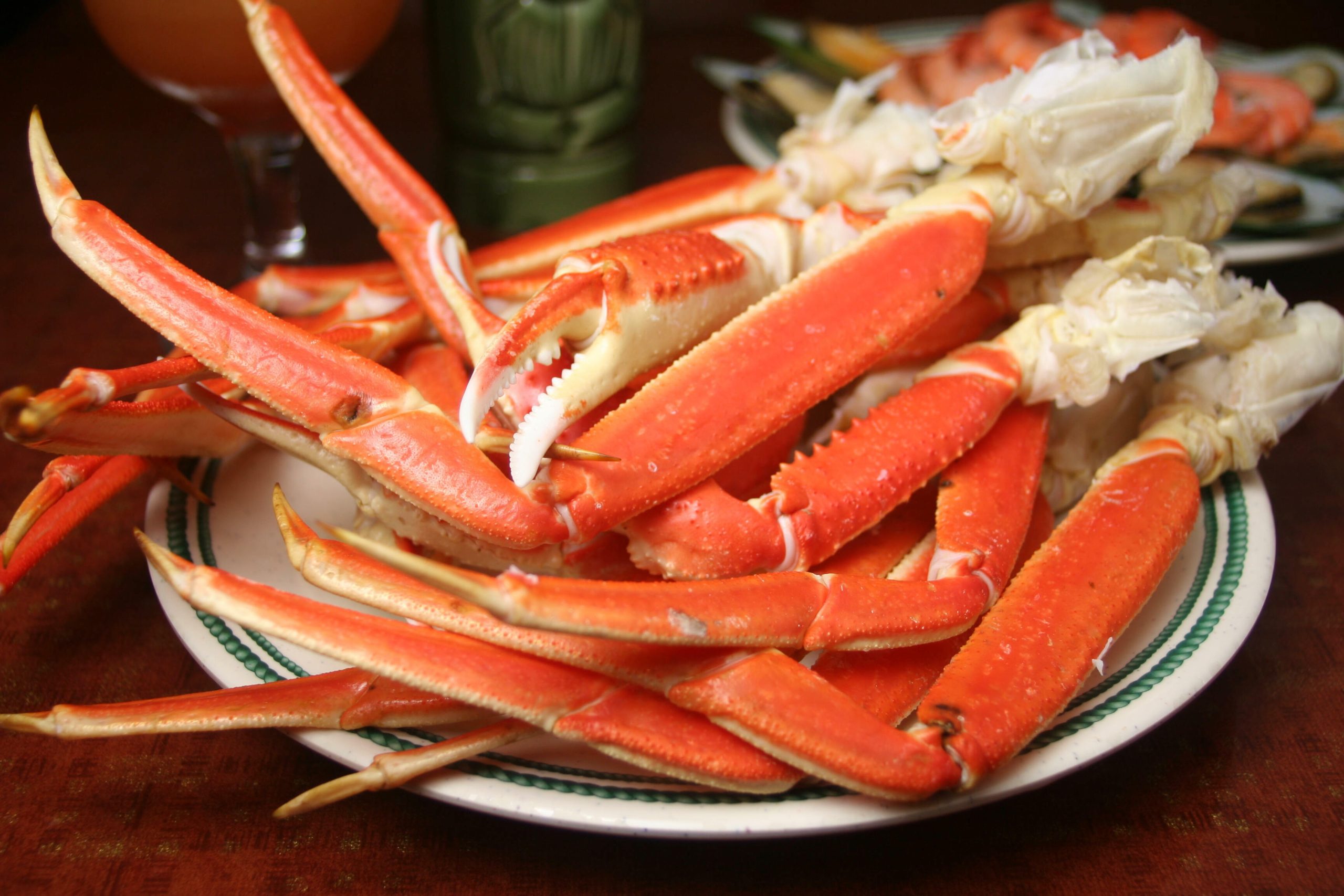What is Çebiti: All You Need to Know
Table of Contents
Embark on a flavorful adventure with Çebiti, a Turkish gastronomic gem. Uncover its rich history, crafting secrets, regional variations, health benefits, and modern twists.
Embark on a culinary adventure as we delve into Çebiti, a jewel in Turkish gastronomy celebrated for its robust flavors and profound cultural significance. This comprehensive guide unveils the historical roots of Çebiti and traces its evolution to the diverse ways it graces contemporary tables, fostering a deeper appreciation for this enduring delicacy. Join us in unraveling the layers of tradition, taste, and artistry that make Çebiti a perennial favorite across generations.
The Origins of Çebiti: Unveiling Its Rich History
Tracing its roots to the fusion of Central Asian pastoral traditions and the culinary tapestry of the Middle East, Çebiti’s origin is as rich as its recipe. Shaped by centuries of cultural and culinary exchange, this venerable dish stands resilient, embodying the enduring legacy of Turkish culinary art. From the rustic hearths of Anatolia to the sophisticated dining tables of modern cities, Çebiti narrates a tale of adaptation, reverence, and continual renewal, leaving an indelible mark on Turkish and global cuisine.

Key Ingredients Crafting Çebiti’s Distinctive Flavor
Meats: The Foundation of Flavor
Crafting Çebiti, a culinary masterpiece from Turkey, revolves around a symphony of carefully selected ingredients. The dish’s foundation lies in meats, typically lamb or beef, chosen for their rich, hearty flavors. Meticulously prepared, these meats are cut into small, tender pieces or finely ground, ready to merge with aromatic spices, fresh vegetables, and herbs that define Çebiti.
Spices: The Soul of Çebiti
The soul of Çebiti lies in its spices—a curated blend featuring cumin, paprika, black pepper, and unique touches from each chef’s recipe. Cumin adds warmth, and paprika offers smokiness and sweet peppery warmth, creating a rich tapestry of quintessential Çebiti flavors—inviting and complex.
Vegetables and Herbs: Integral Elements
Onions, garlic, and parsley, integral to Çebiti, bring freshness, zest, and a harmonious balance of flavors. Onions and garlic provide savory depth, softened as they cook, merging seamlessly with spiced meat. Parsley, both an ingredient and garnish, adds color and a clean flavor, cutting through the richness of meat and spices.
Read also: Islamic Home Decor Ideas
Crafting Çebiti: Step-by-Step Guide
Selecting Quality Ingredients
Embark on the Çebiti journey with meticulous ingredient selection—ensuring freshness and quality. Begin with the best cuts of lamb or beef, the dish’s foundation, cut into small pieces or ground as preferred.
Spice Mix: The Heart and Soul
Gather cumin, paprika, black pepper, salt, and other preferred spices. Carefully combine for a spice mix that marries with the meat, creating a rich, aromatic infusion. The blending process is a crucial step, defining Çebiti’s unique taste profile.
Culinary Adventure Commences
With ingredients and spices ready, the culinary adventure unfolds. These initial steps, emphasizing quality and harmony, set the stage for an authentic Çebiti experience, capturing the essence of Turkish cuisine.
Regional Variations of Çebiti Across Turkey
Western Turkey and the Aegean Coast
Influenced by the Mediterranean, Çebiti here embraces a lighter touch, incorporating olive oil and diverse herbs. Variations may include fish or seafood, deviating from the traditional lamb or beef.
Central Anatolia
In Turkey’s heartland, Çebiti takes on a heartier, robust profile. Bolder spices, warming flavors like chili flakes, and pairings with grains or legumes reflect the region’s agricultural produce.
Eastern Anatolia and the Southeast
Reflecting the spice route’s influence, Çebiti in this region boasts generous spice use, possibly including exotic flavors like fenugreek or cardamom. Richer meats, including lamb liver, add depth.
Black Sea Region
Influenced by a lush climate, Çebiti here incorporates unique greens, herbs, and local staples like cornmeal or hazelnuts, showcasing the region’s agriculture.
Mediterranean Region
Balancing land and sea influences, Çebiti in this region may feature citrus flair, with lemon or orange zest garnishes. Fresh vegetables and a lighter, aromatic spice profile characterize the Mediterranean adaptation.
Health Benefits of Adding Çebiti to Your Diet
Incorporating Çebiti into your diet offers a range of health benefits due to its balanced composition:
Protein-Rich Delight
As Çebiti primarily uses lamb or beef, it serves as a rich source of high-quality protein crucial for muscle repair, bone health, and overall bodily functions.
Spice-Infused Wellness
Çebiti’s spices, such as cumin and paprika, contribute antioxidants, and anti-inflammatory properties, aiding digestion, boosting immunity, and improving metabolism.
Nutrient-Rich Vegetables and Herbs
Onions, garlic, and parsley bring vitamins and minerals. Garlic boasts antibacterial and heart-healthy properties, while parsley is rich in vitamin K for bone health.
Adaptable to Dietary Needs
For those mindful of consumption, Çebiti can be adapted using lean cuts, increasing protein while managing fat intake. Portion control ensures it fits within a balanced diet.
Modernizing Çebiti: A Contemporary Twist
Chefs and enthusiasts add modern twists to traditional Çebiti, aligning with modern palates and dietary trends while respecting cultural roots:
Alternative Proteins
Adapting Çebiti with proteins like chicken, fish, or plant-based options caters to dietary preferences, offering a lighter or vegetarian variant.
Fusion Flavors
Infusing Çebiti with global flavors, from Mediterranean herbs to Indian spices, or pairing with couscous or quinoa, creates a cross-cultural culinary experience.
Health-Conscious Approaches
Modern Çebiti versions consider health trends, opting for grilling over frying to reduce oil content or pairing with fresh salads for enhanced nutritional value.
Aesthetic Presentation
Modern presentation techniques elevate Çebiti, emphasizing aesthetics, portion size, and garnishing, transforming it into a culinary art piece.
Pairing Suggestions for an Enhanced Experience
Pair Çebiti with complementary side dishes and beverages to elevate the dining experience:
Flavorful Complements
Serve Çebiti with seasoned rice or bulgur pilaf to absorb flavors. Fresh salads or grilled vegetables add a refreshing contrast to the richness of the dish.
Beverage Harmony
Pair Çebiti with robust red wine or ayran, a traditional Turkish yogurt drink, to balance spices and savoriness, creating a well-rounded meal.
Embark on this culinary odyssey with Çebiti, savoring its rich history, diverse flavors, and adaptability to modern tastes—a timeless dish that continues to captivate palates across generations.
Final Thought
In conclusion, Çebiti stands as a testament to the enduring legacy of Turkish gastronomy, weaving together a rich tapestry of history, flavor, and adaptability. From its humble origins influenced by Central Asian traditions to its evolution into a diverse and beloved dish across various Turkish regions, Çebiti has proven to be a culinary masterpiece.
People also ask
What is Çebiti, and what makes it unique?
Çebiti is a traditional Turkish dish celebrated for its rich flavors and cultural significance. What sets it apart is the meticulous combination of meats, spices, and fresh ingredients, creating a dish that is both hearty and inviting.
What are the key ingredients used in making Çebiti?
The foundation of Çebiti lies in meats, typically lamb or beef, paired with a carefully curated spice blend featuring cumin, paprika, black pepper, and more. Fresh vegetables and herbs, such as onions, garlic, and parsley, contribute to its distinctive taste.
How do I make Çebiti at home?
Crafting Çebiti involves selecting quality meats, preparing a spice mix, and marinating the meat thoroughly. The step-by-step guide emphasizes the importance of ingredient quality and spice harmony to create an authentic Turkish culinary experience.



